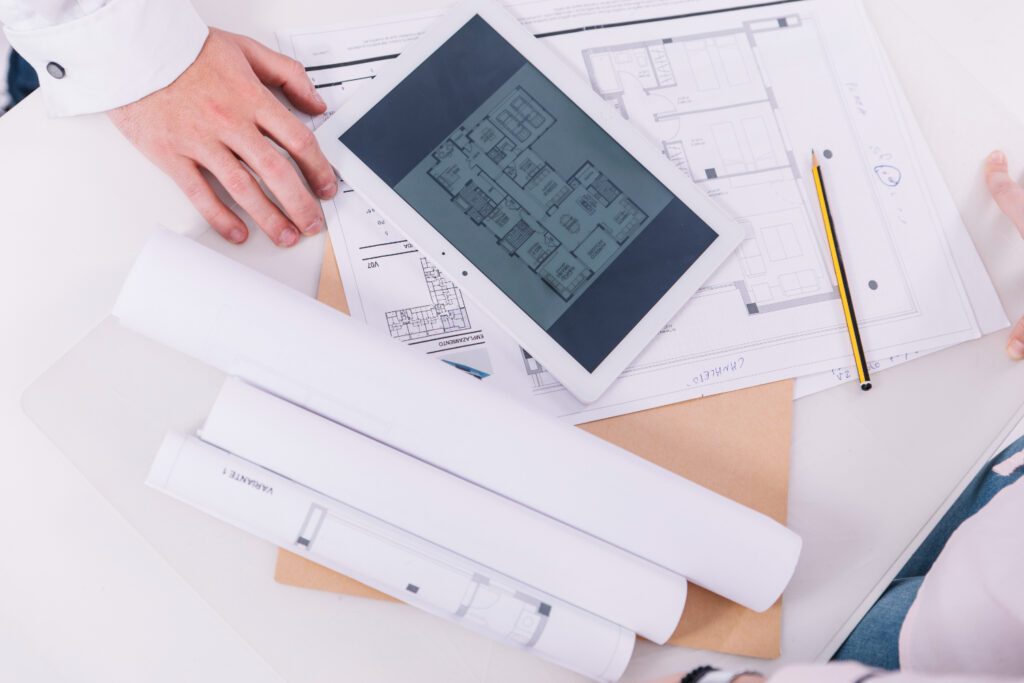
The construction process is complex and is divided into four fundamental phases that ensure its success, from project conception to long-term management. Each phase plays a crucial role in the creation and maintenance of the infrastructure, and BIM (Building Information Modeling) methodology has become an essential tool to optimize each stage.
Contenido
Phase 1: Planning and pre-design
Before starting the project, planning and pre-design are crucial to define the scope and establish the vision of the project. The client, which can be a public or private entity, sets the tone and determines the objectives and needs, which are reflected in the scope of the project. This phase includes defining the construction strategy, choosing tools and methodologies such as BIM, and collecting preliminary data. A BIM model can help identify potential challenges and assess project feasibility from the outset, facilitating informed decisions that minimize risks and optimize resources.
Phase 2: Design
The design phase is when architects, engineers and interior designers develop the initial ideas and transform them into detailed plans. This process is divided into three main steps:
- Concept designEstablishment of the initial vision, where the aesthetic and functional aspects of the project are defined.
- Data entryData input: Selection of materials and construction elements, integrating performance data to evaluate efficiency.
- Presentation of the 3D model to the clientUse of interactive 3D models for the client to visualize the result and make adjustments before construction.
The use of BIM in this phase allows design teams to collaborate more efficiently, with access to accurate and up-to-date data. This ensures a more efficient and less error-prone design, facilitating the integration of sustainable solutions and optimizing material selection.
Phase 3: Construction
In the construction phase, the approved design is transformed into reality. This process requires:
- Work planningEstablishment of a schedule and distribution of tasks.
- Time and cost controlBudget management and compliance with deadlines.
- Delivery of materialsCoordination to receive and store the necessary materials.
- Execute the constructionAssembly and installation of all components.
Construction projects benefit greatly from the use of BIM during this phase. Team coordination and information management are optimized, reducing construction time, avoiding errors and minimizing waste of resources. In addition, access to up-to-date digital models ensures that decisions are made with accurate information, improving operational efficiency and reducing costs.
Phase 4: Maintenance of the constructed asset
Once the project is completed, the maintenance phase ensures that the building performs optimally throughout its life cycle. Proper maintenance helps to:
- Reduce operating costsPreventive maintenance and efficient resource management.
- Upgrade and renewMaintain the functionality and value of the asset over time.
BIM remains relevant even after construction, acting as a data repository that allows building managers to access information on materials, energy performance and maintenance. With this tool, renovations can be planned, costs forecast and upgrades scheduled, helping to extend the life of the building and achieve greater sustainability.
The integration of BIM into the construction process not only improves coordination and efficiency in each phase, but also enables a more sustainable and environmentally conscious approach, optimizing resource management and reducing environmental impact. With BIM methodology, the construction process adapts to contemporary needs, driving the industry towards a smarter and more sustainable future.
